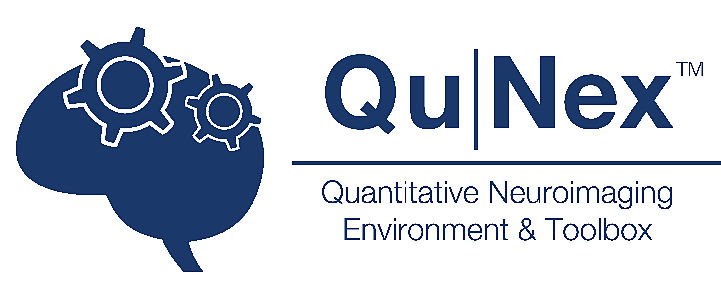Public release of QuNex software suite for HCP image processing

We're happy to announce the first public release of Quantitative Neuroimaging Environment & Toolbox (QuNex) v0.90.6!
QuNex is currently being used to organize and execute HCP pipeline processing for all Lifespan HCP-Aging & HCP-Development data, plus all Connectomes Related to Human Disease (CRHD) projects to be released through the Connectome Coordination Facility (CCF).
QuNex is a software suite that provides an extensible platform for data organization, preprocessing, quality assurance, and analyses across neuroimaging modalities. QuNex is developed by HCP collaborators: the Anticevic lab at Yale University, the Mind Brain Lab at the University of Ljubljana led by Grega Repovš, and the Murray lab at Yale University.
QuNex’s open-source, modular, and fully containerized architecture allows for straightforward implementation of updates, integration of new software, and functionality improvements that can be deployed on a number of different compute architectures, from personal computers to cloud environments to high-performance compute clusters. The QuNex Container features leading community tools, including dcm2niix, FSL, Connectome Workbench, HCP Pipelines, PALM, and FreeSurfer with Octave and R Statistical Environment pre-installed. For a full list of featured software see QuNex documentation.
The QuNex container is also designed to integrate with relational databases such as XNAT, scales in the AWS Cloud via Docker Swarm, and offers a powerful, flexible and intuitive job scheduling interface to facilitate deployment of QuNex in high-performance compute environments. Altogether, QuNex will greatly streamline and simplify the processing of multi-modal neuroimaging data for both small studies and large-scale multi-site projects that require integrative high-throughput processing.
A number of large-scale collaborative initiatives including the Human Connectome Project/Connectome Coordination Facility and the Computational Neuroimaging Group at the University of Nottingham are currently supported by QuNex.
Visit qunex.yale.edu for further details and check out the QuNex wiki for descriptions of the architecture and documentation on functionality as well as command line help. To get support, go to the QuNex forum. Follow QuNex on Twitter @qu_nex.